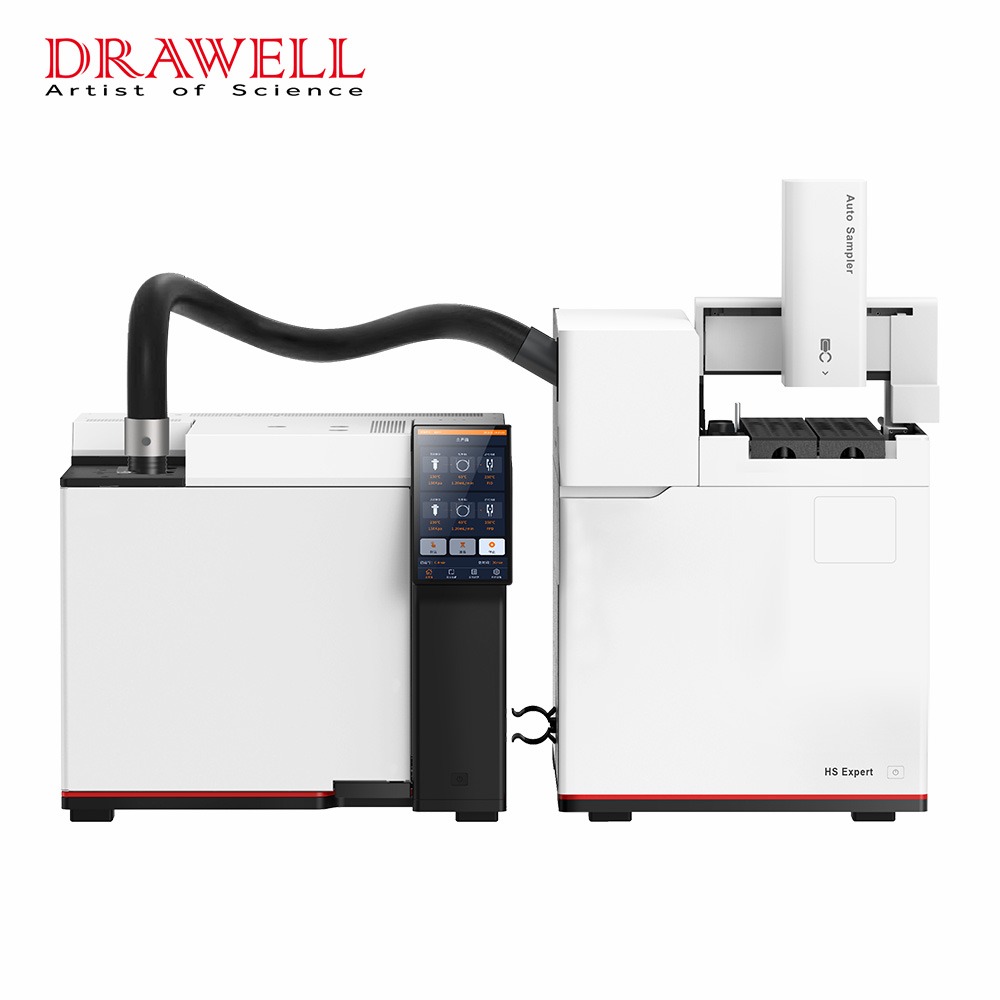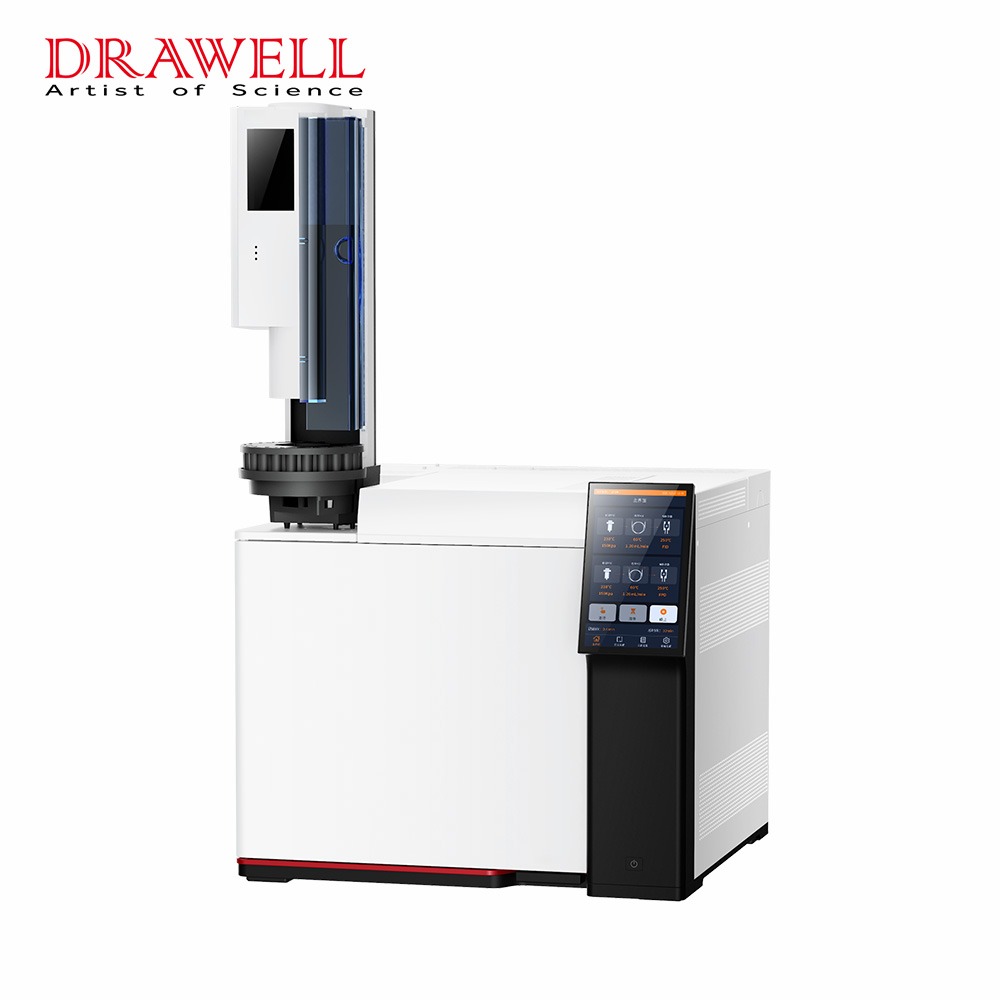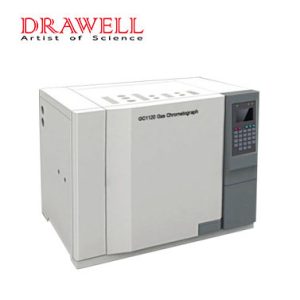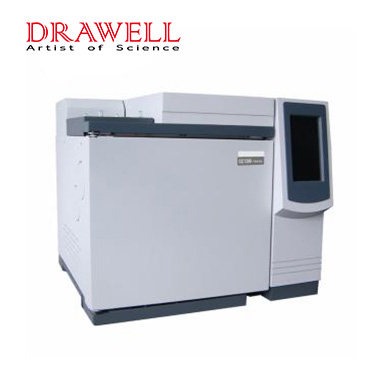Gas chromatography (GC) is a sophisticated analytical technique that separates and analyzes chemicals in gas samples. The chromatography column is at the heart of the GC system, and it is vital to the separation process’s efficiency and performance. Over the years, significant advancements have occurred in gas chromatography column technologies, enhancing the capabilities and efficiency of this analytical method. In this article, let’s delve into the latest advancements in gas chromatography column technologies.

The Basics of Gas Chromatography Column
The column in gas chromatography is the central element where the separation of analytes occurs.
1. Types of Columns
| Type | Description | Common Materials |
| 1. Packed Columns | Consist of a solid support material coated with a liquid stationary phase.Analytes interact with the liquid phase for separation. | Stainless steel or glass columns filled with support materials like diatomaceous earth or Porapak. |
| 2. Capillary Columns | Narrow-bore columns with a long length. Stationary phase coated on the column’s inner surface or chemically bonded to the wall. | Fused silica is commonly used for the tubing. Stationary phases include polymers or liquid phases. |
2. Components of a Capillary Column
| Component | Description |
| 1. Stationary Phase | Depending on the analysis needs, the sample can be liquid or solid.Can be liquid or solid, depending on the analysis requirements.Examples include polyethylene glycol, phenyl, or a nonpolar phase like a methyl-silicone. |
| 2. Column Tubing | Typically made of fused silica for high-temperature resistance.Narrow-bore diameter enhances separation efficiency. |
| 3. Film Thickness | Refers to the thickness of the stationary phase coating the column.Thicker films have higher retention and are better suited for complicated combinations. |
| 4. Internal Diameter | The inner diameter of the column affects the flow rate and resolution. Narrower diameters enhance resolution but may require higher carrier gas pressure. |
3. Factors Influencing Gas Chromatography Column Performance
| Factor | Description | Impact on Performance |
| 1. Temperature Parameters | Oven and column temperatures influence compound volatility and separation efficiency. | Higher temperatures accelerate elution, reducing analysis time.Controlled temperature improves reproducibility. |
| 2.Carrier Gas Flow Parameters | Flow rate and linear velocity affect analyte migration and resolution. | Optimal flow rates balance speed and separation quality. Adjusted linear velocity enhances column efficiency. |
| 3. Column Dimensions | Length and internal diameter impact resolving power and efficiency. | Longer columns provide higher resolution for complex samples.Narrower diameters enhance efficiency. |
| 4. Stationary Phase Properties | Type, film thickness, and coating influence selectivity and retention. | Varied phases offer different selectivities.Thickness and coating affect retention times. |

Gas chromatography column
Latest Developments in Gas Chromatography Column Technologies
1. Stationary Phase Innovations
In gas chromatography, the stationary phase is critical for analyte separation. Recent advancements have aimed to improve selectivity, efficiency, and durability.
Novel Phases: Manufacturers have developed phases with distinct selectivity, such as mixed-mode phases that incorporate both polar and non-polar interactions. These phases enhance separation for complex samples.
Porous Layer Open Tubular (PLOT) Columns: PLOT columns contain a porous coating on their inner surface, which allows for effective gas separation. They have uses in environmental analysis and gas purity assessment.
2. Column Dimension Optimization
The dimensions of the column significantly impact resolution, speed, and sensitivity.
Shorter and Narrower Columns: Shorter and narrower columns shorten analysis time while maintaining or even improving resolution. This trend is especially noticeable in fast GC applications where rapid separations are required.
Microfabricated Columns: Advances in microfabrication techniques have led to the production of microcolumns with reduced interior diameters.
3. Multi-Dimensional Gas Chromatography (MDGC)
MDGC involves the use of multiple columns with different selectivities, providing superior separation capabilities.
Comprehensive Two-Dimensional Gas Chromatography (GCxGC): GCxGC combines two distinct columns, resulting in higher peak capacity and resolution for complicated samples.
Heart-Cutting MDGC: In heart-cutting MDGC, just a portion of the effluent from the first column is transported to the second column. This method increases sensitivity for trace analysis.
4. Column Coating Technologies
The coating on the column influences the interactions between analytes and the stationary phase.
Chemically Bonded Phases: Columns having chemically bonded phases have better stability and repeatability, leading in longer column lifetimes and consistent performance.
Ionic Liquid Coatings: Ionic liquids provide superior selectivity and thermal stability, enabling for the analysis of high-temperature samples while increasing column longevity.
5. Column Temperature Control
Precise temperature control is essential for producing repeatable and accurate results.
Active Cooling and Heating Systems: Innovative column ovens equipped with active cooling and heating systems allow for quick temperature adjustments.
Programmable Temperature Ramps: Advanced temperature programming enables precise control of column temperature, resulting in optimal separations for a wide spectrum of analytes.
6. Data Handling and Automation
The advancements in gas chromatography are not restricted to column hardware. Software and automation play an important role.
Machine Learning Integration: Some modern GC systems incorporate machine learning algorithms for real-time data analysis, improving peak identification, and enhancing the overall reliability of results.
Automated Column Switching: Automated systems for column switching enable the use of multiple columns within a single analysis, expanding the range of analytes that can be effectively separated.
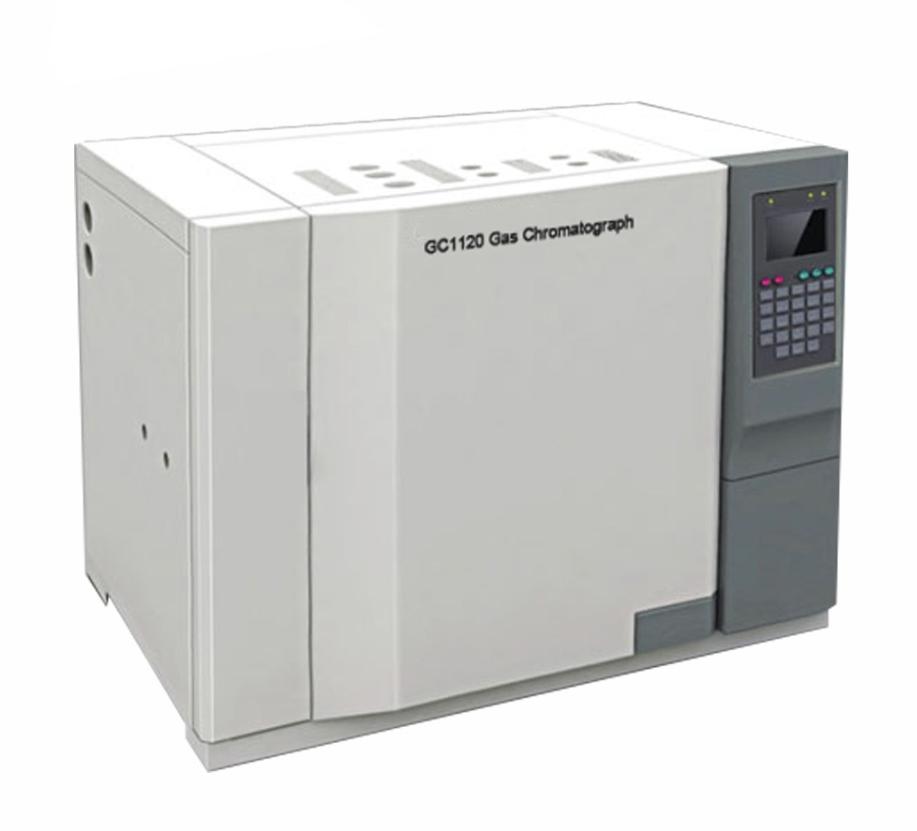
Conclusion
The gas chromatography column is a vital component that determines the success of the separation process. Advancements in gas chromatography column technologies demonstrate a commitment to improving the efficiency, sensitivity, and versatility of this analytical method. These developments can help researchers and analysts achieve faster, more accurate, and thorough separations, bringing up new opportunities in domains like as environmental monitoring and pharmaceutical analysis.

